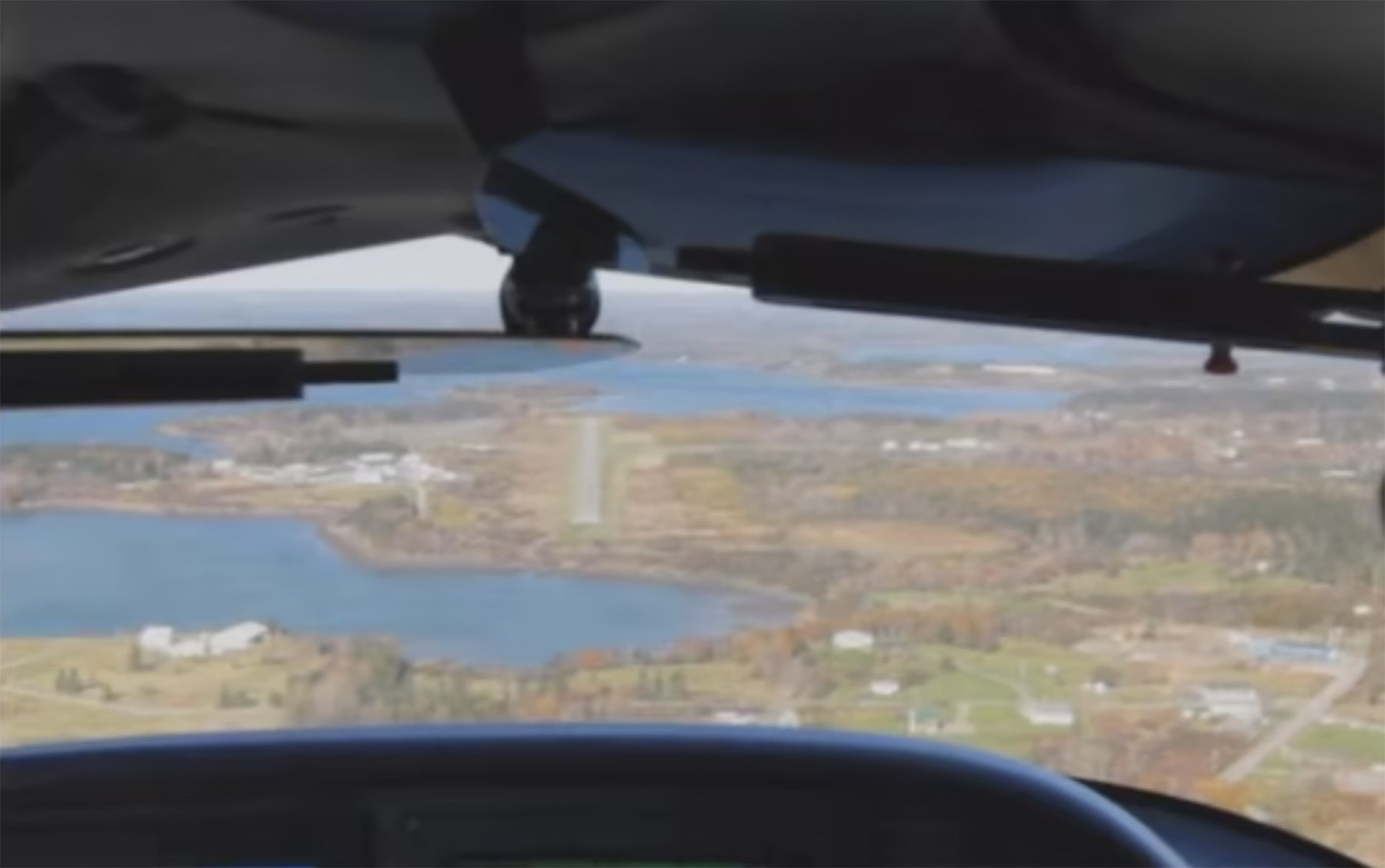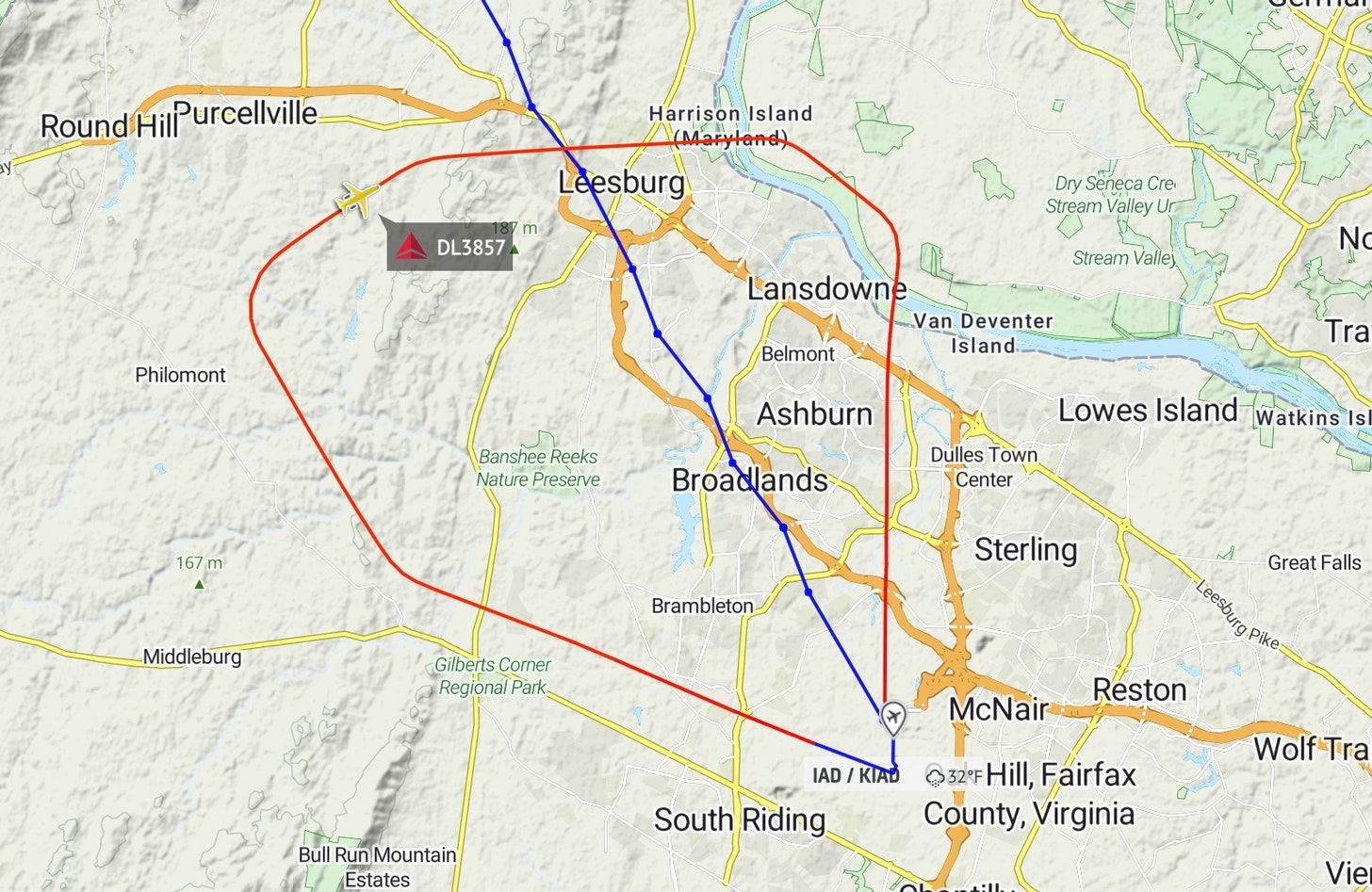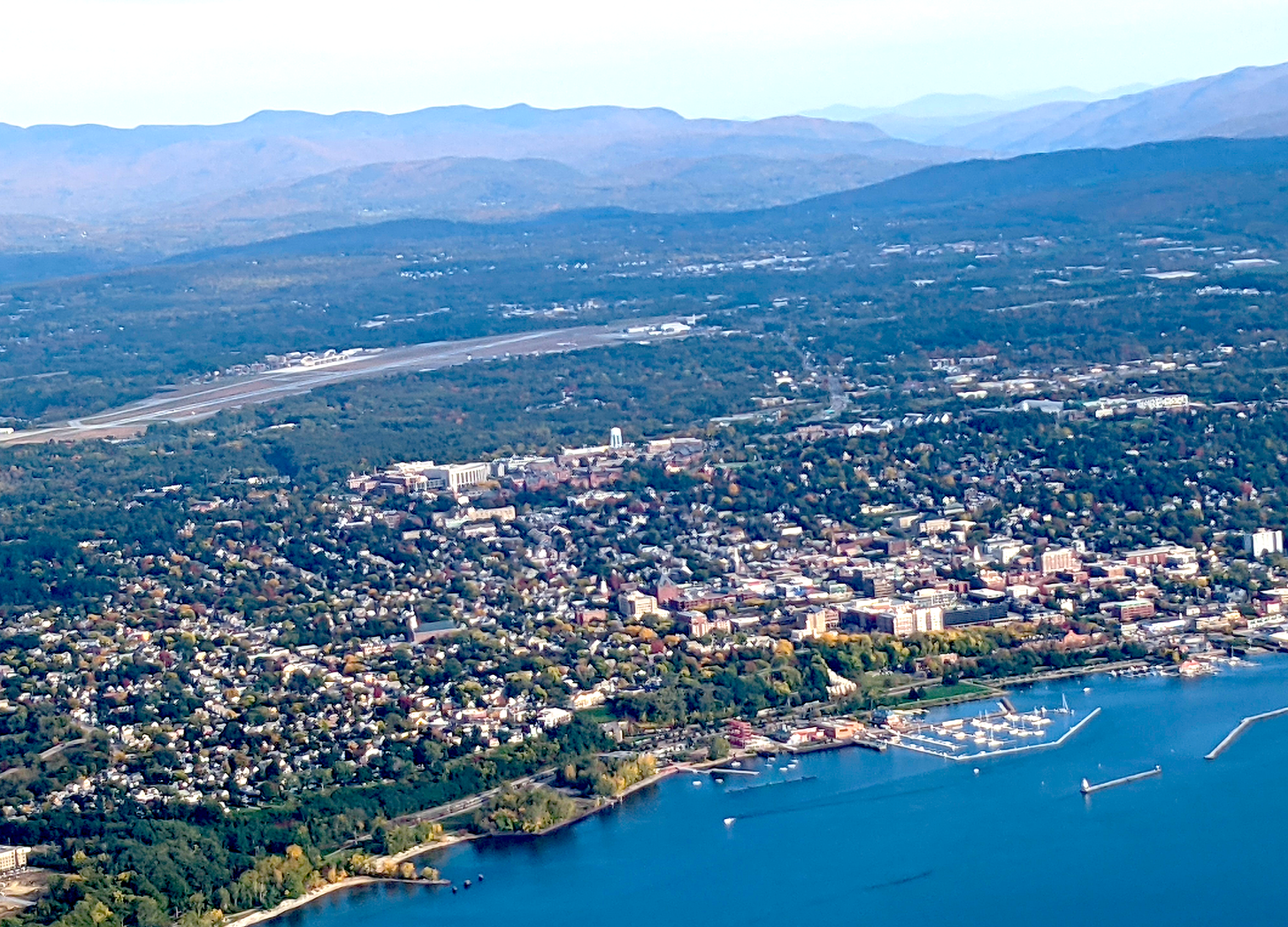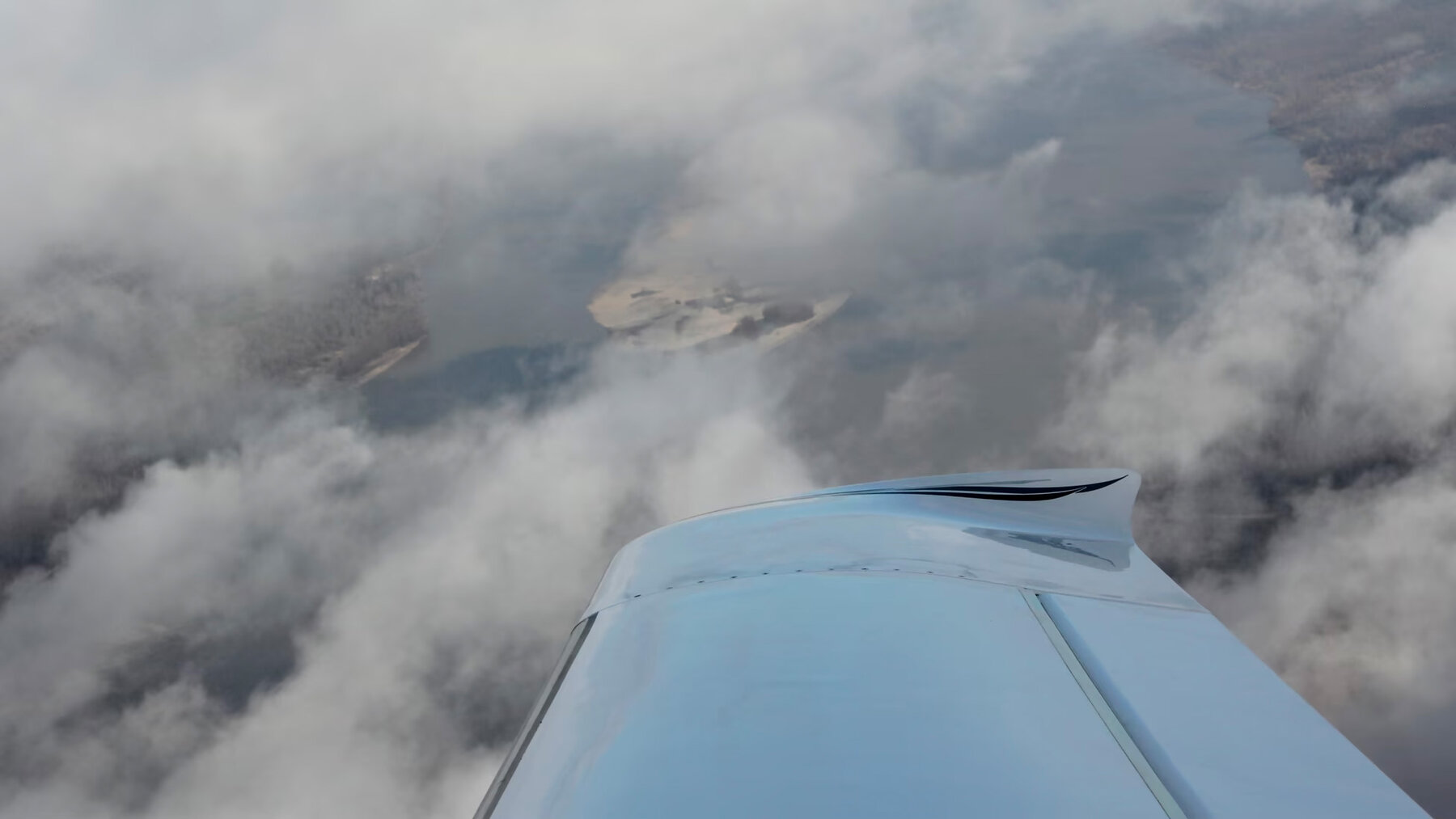A week ago at this time, my wife and I were in Eastport, Maine — and I was flying the hour-long ferry route down to Portland, Maine, to pick up Kai Ryssdal of Marketplace and his engineer, Brendan Willard, and take them back to Eastport.
That day along the coast of Maine was clear but very windy. When I was coming into Portland, by myself, that was no problem. The runways there are big, one was aligned with the wind, and I could sink very smoothly toward a “have we touched down yet? I didn’t feel anything” landing. Of course that was with no one else aboard to witness it and no cameras running.
It was a different story back in Eastport. The wind was getting stronger and gustier, it was a little off the alignment of the (only) runway, and — the biggest challenge — the Eastport airport has no weather-reporting equipment to let you know before landing the wind’s direction and strength and (if you were on an instrument approach) how high the ceiling was.
The videos below show our approach to Eastport, from two perspectives. The first is from inside the cockpit, filmed by Marketplace’s Brendan Willard in the back seat. The chatter you’ll hear between Kai Ryssdal and me has to do with the in-cockpit readings we got a few minutes before landing, showing that the crosswind at 3000′ altitude was more than 50 knots, which is very strong. We could tell — by looking at the ocean surface, at the trees, at flags — that it was nowhere near that strong at ground level. That was good in preparing for a landing, since we would never have tried to land in a 50-knot wind. But it was bad in that it guaranteed “wind shear,” or an abrupt change in wind velocity and/or direction, somewhere between 3000 feet and ground level.
So here is how it looked from inside the cockpit. As I explain on the Marketplacesite, this was a “good” landing only by the standards of the grizzled piloting slogan: A good landing is one you can walk away from. And a great landing is one where you can use the plane again! By any other standards it is one I would not have chosen to be filmed — but hey, this is reality journalism. You can see the plane bouncing around as we try to adjust to the wind on the way down. About 500 feet up you’ll hear me asking Kai whether we can see any see any flags or big-leafed trees near the runway to judge the wind we were headed for. Right before touchdown there was a big gust from the right, pushing the plane hard to the left. This meant getting things settled before we landed — and remembering another old slogan, which is that you have to fly the plane every inch of the way down to the runway.
Marketplace American Futures Eastport, ME Approach from Brendan Willardon Vimeo.
And, the sea gull (at time 1:55)! That really would have been a mess.*
Now, the same last minute from ground level in Eastport, where my wife Deb and Marketplace’s Bridge Bodnar were watching us come in, made the last-second wind gust less obvious, and for reasons of perspective made it seem as if the approach was lower and more “dragging it in” than it was.** But the sound gave them a sense of the wind.
Next up: more of what happened after we got out of the plane.
* Large-scale bird strikes, as we know from the case of “Captain Sully” and US Air Flight 1549, can be a problem even for big airplanes. For a small airplane, hitting a single bird isn’t necessarily a safety problem — especially in a case like this, when we were already on the ground. But it is an enormous mess, apart from being very hard on the bird, and can damage the propeller, the windshield, and other parts of the plane. This has happened to me only once, more than a dozen years ago, with a poor pigeon near Boeing Field in Seattle.
** The guideline for landing this kind of plane is to establish an 80-knot speed on final approach, at a 3-degree angle of descent. Because of the gusty wind, we kept a slightly higher approach speed, and I started out above the 3-degree path and then tried to join it except when bounced off by the wind. In calm or steady winds, you basically get things set up and can glide/coast your way down. With bumpy winds like this, you’re mainly trying to make frequent small adjustments to offset whatever the wind is doing.




